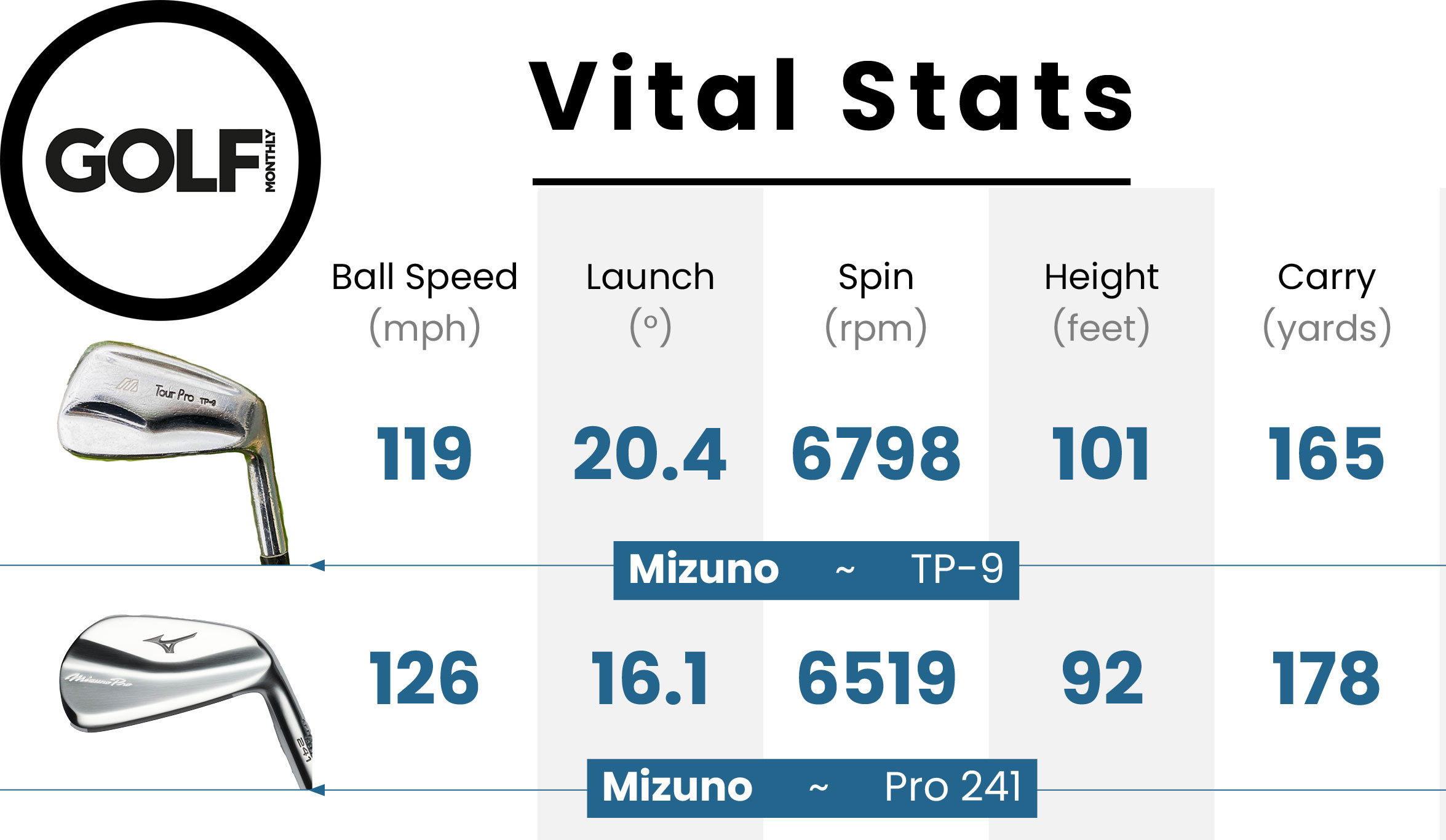
In part four of our Retro Review series, we have stepped back all the way to 1987 to take a look at one of the most iconic blade irons ever created, the Mizuno TP-9. Sir Nick Faldo popped these in the bag in Spring of 87’ and just a few months later, captured his first Open Championship, so I wanted to see if the magic was still there and pit them against their modern equivalent.
WATCH: Joe Ferguson compares the 1986 Mizuno TP-9 iron with the recently launched Pro 241 model
Original launch date: 1986
Price we paid: £117.99 (3-PW) in fair condition from GolfClubs4Cash
Who used them on tour? Sir Nick Faldo, Sandy Lyle and Jose Maria Olazabal
What was the tech?
In terms of the technology, frankly, there wasn't much. They are as pure of a blade iron as you are ever likely to see. No cavities, no multi-material construction, just a pure forged billet of steel. The main point of difference from the rest of the Mizuno range at that time was the winged shape of the muscle pad behind the impact area. The rest of the range featured a very linear, straight pad, so we would assume this was an early attempt to influence CG location.



How did it perform?
To see how the Mizuno TP-9 had stood the test of time, we pitted it against the very latest forged blade offering from Mizuno, the Pro 241. Both models were standard length and lie and the results were certainly surprising.
Firstly, it needs to be noted that the lofts on the older model TP-9 were significantly weaker than the Pro 241. For context, the TP-9 7-iron comes in at 38˚, whilst the Pro 241 is a lot stronger at 34˚, and this was reflected in the Foresight Sports GCQuad launch monitor data. The Pro 241 averaged 7mph more ball speed than the TP-9 and a fairly significant 13 yards more average carry. Spin numbers were interestingly more comparable, although the added loft of the TP-9 did produce slightly more on average at 6798rpm than the Pro 241 at 6519rpm. The launch angles were very different however with the TP-9 taking off at 20.4˚, while the Pro 241 produced a much more penetrating ball flight with its 16.4˚ launch angle.

In terms of the less measurable parameters such as feel and workability, the TP-9 very much held its own. Off the blade, both irons are predictably soft, being forged by Mizuno’s master craftsmen, however, the TP-9 was arguably just a touch softer. The ball seemed to just melt into the face, producing an incredibly pleasing buttery feel. Both of these forged blades provided excellent workability, providing little opposition to maneuvering fades and draws as required.

Conclusion
It was thoroughly enjoyable to get these classic Mizuno blades in my hands, and they didn’t disappoint. The feel off the face was exceptional, and I can only imagine the sensation when striking an old Balata ball. The distance numbers were unquestionably on the light side, but from what I could tell, this was only really down to the weaker lofts. For an incredible price of £117.99 for a 3-PW set, this would be a great option for someone looking to try out some forged blades without breaking the bank and it goes to show there are certainly some bargains to be had when buying second-hand golf clubs, especially from a reputable retailer like golfclubs4cash.







